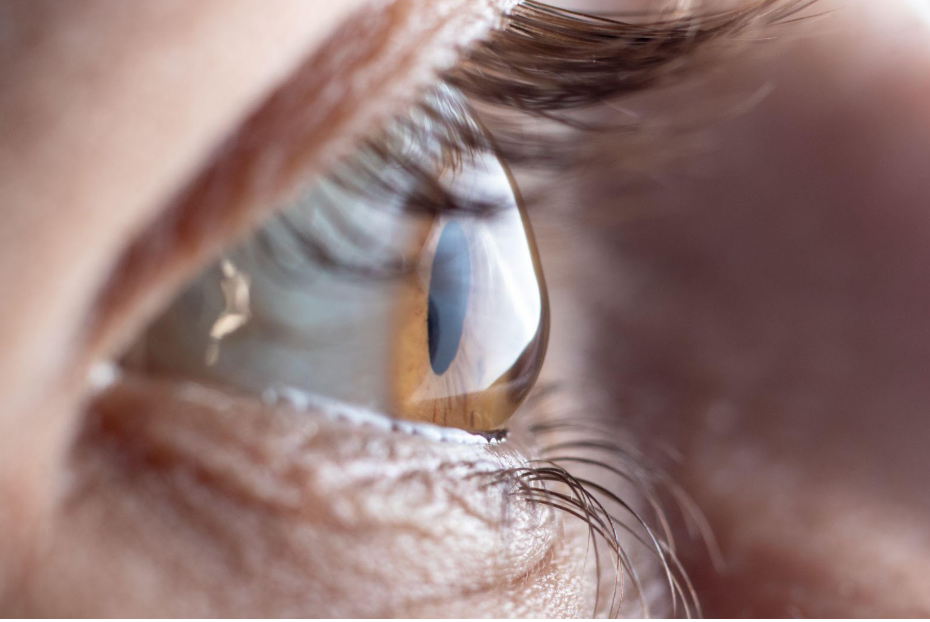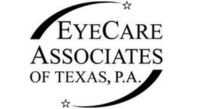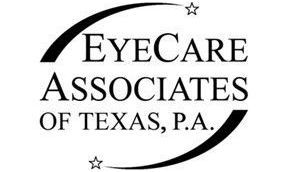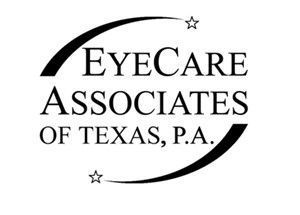Article
Bringing Sight-Saving Glaucoma Knowledge to the Forefront
Each January, Glaucoma Awareness Month spotlights a condition that is one of the leading causes of irreversible blindness worldwide. Affecting millions of people, glaucoma is often called the "silent thief of sight" due to its lack of early symptoms and slow progression.
This Glaucoma Awareness Month, let’s explore the importance of early detection, lifestyle adjustments to support eye health, emotional impacts, and the latest advancements in research and treatments.
Why Early Detection Matters
Unlike many other eye conditions, glaucoma often advances without any obvious symptoms. In most cases, vision loss occurs gradually, starting with peripheral vision and advancing to central vision if untreated. Significant optic nerve damage may have already taken place by the time symptoms appear. Early detection through regular eye exams can help catch glaucoma before it progresses.
Since glaucoma can be asymptomatic, routine eye exams are necessary. Comprehensive exams include testing intraocular pressure (IOP), examining the optic nerve, and assessing visual fields. These evaluations can detect glaucoma in its early stages, even if the patient hasn’t noticed any vision changes. Adults over 40, particularly those with risk factors such as a family history of glaucoma or being of African, Asian, or Hispanic descent, should schedule an
eye exam every one to two years.
Lifestyle Adjustments to Help Manage Glaucoma
While glaucoma isn’t entirely preventable, certain lifestyle choices can support eye health and potentially slow the progression of glaucoma-related vision loss.
Nutrition and Eye Health
A balanced diet rich in antioxidants, omega-3 fatty acids, vitamins A, C, and E, and minerals such as zinc can help promote overall eye health. For those with glaucoma, having foods such as fatty fish, carrots, and nuts, which are high in these nutrients, can be a great benefit. Certain flavonoid-rich foods like berries and citrus fruits could also help reduce eye pressure by supporting blood flow to the optic nerve.
Regular Exercise and Weight Management
Engaging in regular physical activity can positively impact intraocular pressure. Aerobic exercises like walking, jogging, or swimming help reduce eye pressure by promoting blood circulation to the optic nerve. Additionally, maintaining a healthy weight can reduce the risk of secondary glaucoma associated with other health conditions, like hypertension and diabetes, which are risk factors for glaucoma.
Managing Stress
Stress can increase intraocular pressure, making stress management also a part of glaucoma care. Techniques like deep breathing exercises, yoga, and meditation can help manage stress levels and indirectly support better eye health by maintaining stable IOP.
The Emotional Impact of Glaucoma
Living with glaucoma can take an emotional toll on individuals, especially as the condition progresses and vision loss becomes more pronounced. Anxiety, depression, and a sense of helplessness are common among people diagnosed with glaucoma, especially in later stages when daily life is impacted by vision limitations.
Support Groups and Counseling
Finding a community or support group can be incredibly beneficial for individuals managing glaucoma. Support groups allow people to share their experiences, find emotional support, and learn tips for adapting to vision loss. Additionally, counseling services tailored to individuals with vision loss can provide coping strategies and tools for maintaining mental well-being.
Adjusting to Vision Changes
As glaucoma progresses, people may need to make practical adjustments in their homes and workspaces to support their remaining vision. Simple adaptations, such as using bright and non-glare lighting, magnifying lenses, and smartphone accessibility settings, can improve everyday functionality. Rehabilitation services for people with low vision offer specialized training to help individuals with glaucoma adapt and maintain independence.
New Research and Emerging Treatments
Ongoing research is expanding our understanding of glaucoma and uncovering innovative approaches to treatment and prevention. Here are some exciting advancements in glaucoma research and emerging treatments that are bringing hope to millions affected by this condition:
Gene Therapy and Glaucoma
Recent breakthroughs in gene therapy hold promise for glaucoma patients, particularly those with hereditary types of the disease. Researchers are exploring ways to target specific genes linked to glaucoma risk, potentially slowing or halting disease progression. While gene therapy for glaucoma is still in the experimental stage, advancements in this area could pave the way for treatments that target the root causes of the disease at a genetic level.
Neuroprotection Strategies
Neuroprotection aims to protect the optic nerve from damage, irrespective of intraocular pressure levels. Several neuroprotective drugs are currently under clinical trial. These drugs focus on preserving the health of the optic nerve cells, potentially slowing vision loss in individuals with advanced glaucoma. Although neuroprotective treatments are not yet widely available, they represent a new frontier in glaucoma management.
Minimally Invasive Glaucoma Surgeries (MIGS)
Minimally invasive glaucoma surgeries (MIGS) have gained popularity as a safer and less invasive alternative to traditional glaucoma surgeries. MIGS procedures typically involve creating tiny incisions and inserting microscopic stents to improve fluid drainage, thus lowering IOP. Because MIGS procedures are less invasive, they come with fewer risks and a faster recovery period, making them an attractive option for glaucoma patients who may not respond well to eye drops or traditional surgery.
Reducing the Stigma of Vision Loss
A key objective of Glaucoma Awareness Month is to promote open conversations about eye health and vision loss. Unfortunately, a significant stigma still surrounds vision impairment, often leading to social isolation and decreased quality of life for those affected. By fostering more conversations around glaucoma and vision loss, we can create a more supportive environment for individuals affected by this condition.
Educating the Public
Many people believe, mistakenly, that vision loss is an inevitable part of aging. By dispelling myths and informing people about the preventable nature of vision loss due to glaucoma, public awareness campaigns can encourage early detection and proactive eye care.
Encouraging Empathy and Accessibility
Community members, businesses, and organizations can make small adjustments to create a more inclusive society for those with glaucoma. Offering visual aids, adopting digital accessibility tools, and designing buildings and workspaces with clear signage and non-slip flooring are just a few ways to support people experiencing vision loss.
The Role of Family and Caregivers
Glaucoma’s gradual nature means that family members and caregivers often play a part in its management. Since glaucoma can be hereditary, it’s helpful for family members to know the warning signs and encourage loved ones at risk to get screened.
Supporting Medication Management
One of the most important aspects of glaucoma treatment is maintaining consistent use of prescribed medications. Family members can help remind individuals to take their eye drops and attend regular eye checkups. They can also assist with filling prescriptions and ensuring medications are stored correctly to maintain efficacy.
Helping with Daily Adjustments
Caregivers can also support loved ones with glaucoma by making adjustments in the home, such as labeling household items with large print, organizing commonly used items within easy reach, and increasing lighting to accommodate vision changes. Encouragement and emotional support can make a significant difference in maintaining morale and a positive outlook for individuals managing glaucoma.
If you’re worried about glaucoma, our team at
Eyecare Associates of Texas, P.A. can help. Don’t wait;
schedule an appointment with us today!
Related Articles
Related Articles


CEDAR HILL LOCATION
Business Hours:
Monday: 8:00 am - 5:00 pm
Tuesday: 8:00 am - 5:00 pm
Wednesday: 8:00 am - 4:00 pm
Thursday: 8:00 am - 5:00 pm
Friday: 8:00 am - 12:00 pm
Saturday: Closed
Sunday: Closed
GRAND PRAIRIE LOCATION
Business Hours:
Monday: 8:00 am - 5:00 pm
Tuesday: 8:00 am - 5:00 pm
Wednesday: 8:00 am - 1:00 pm
Thursday: 8:00 am - 5:00 pm
Friday: 8:00 am - 12:00 pm
Saturday: Closed
Sunday: Closed
CEDAR HILL LOCATION
Business Hours:
Monday: 8:00 am - 5:00 pm
Tuesday: 8:00 am - 5:00 pm
Wednesday: 8:00 am - 4:00 pm
Thursday: 8:00 am - 5:00 pm
Friday: 8:00 am - 12:00 pm
Saturday: Closed
Sunday: Closed
GRAND PRAIRIE LOCATION
Address
Phone:
(513) 901-4811
Fax:
(866) 353-7586
Business Hours:
Monday: 8:00 am - 5:00 pm
Tuesday: 8:00 am - 5:00 pm
Wednesday: 8:00 am - 1:00 pm
Thursday: 8:00 am - 5:00 pm
Friday: 8:00 am - 12:00 pm
Saturday: Closed
Sunday: Closed



